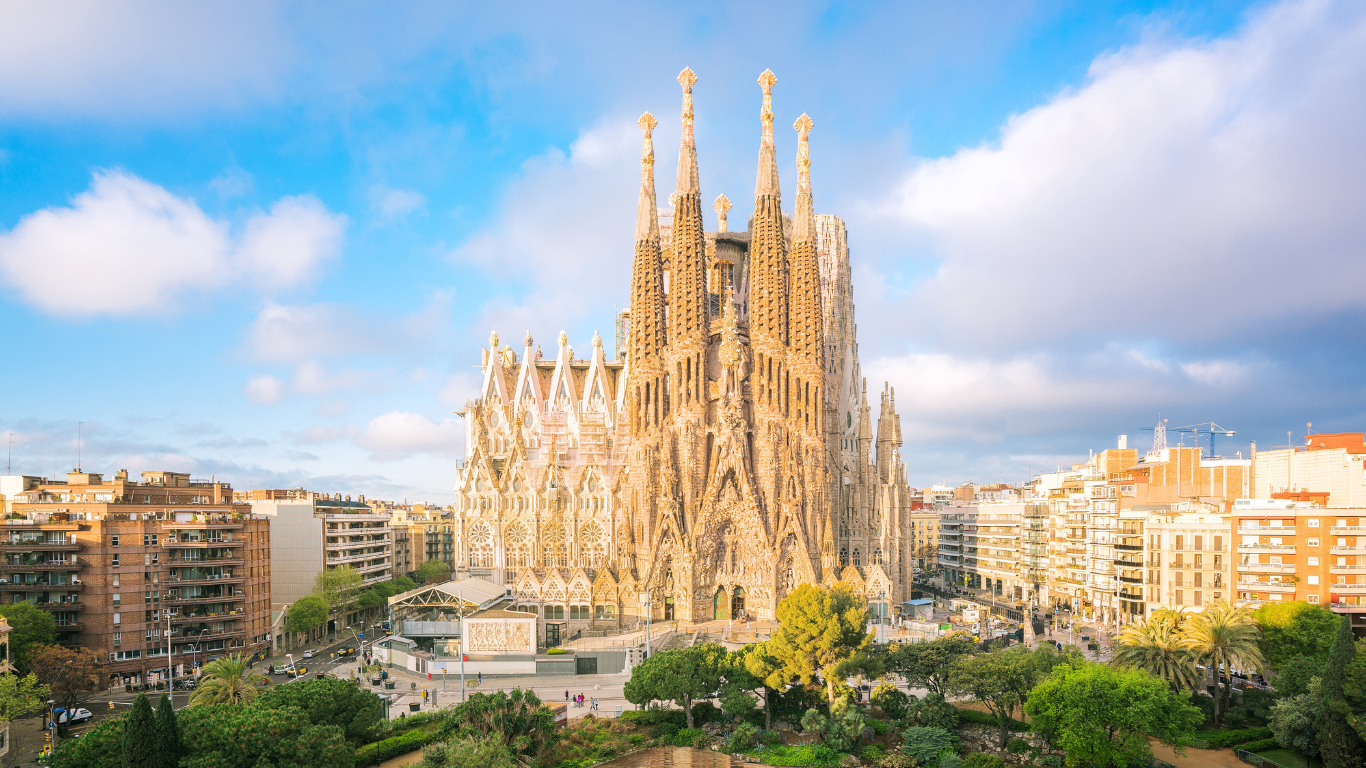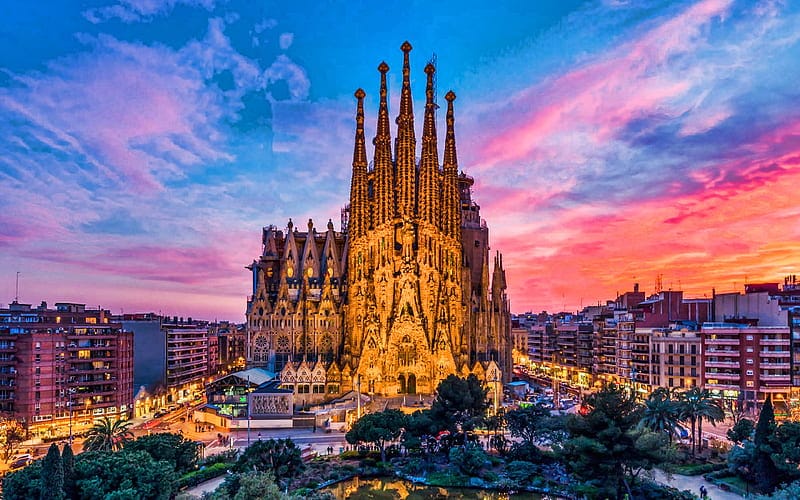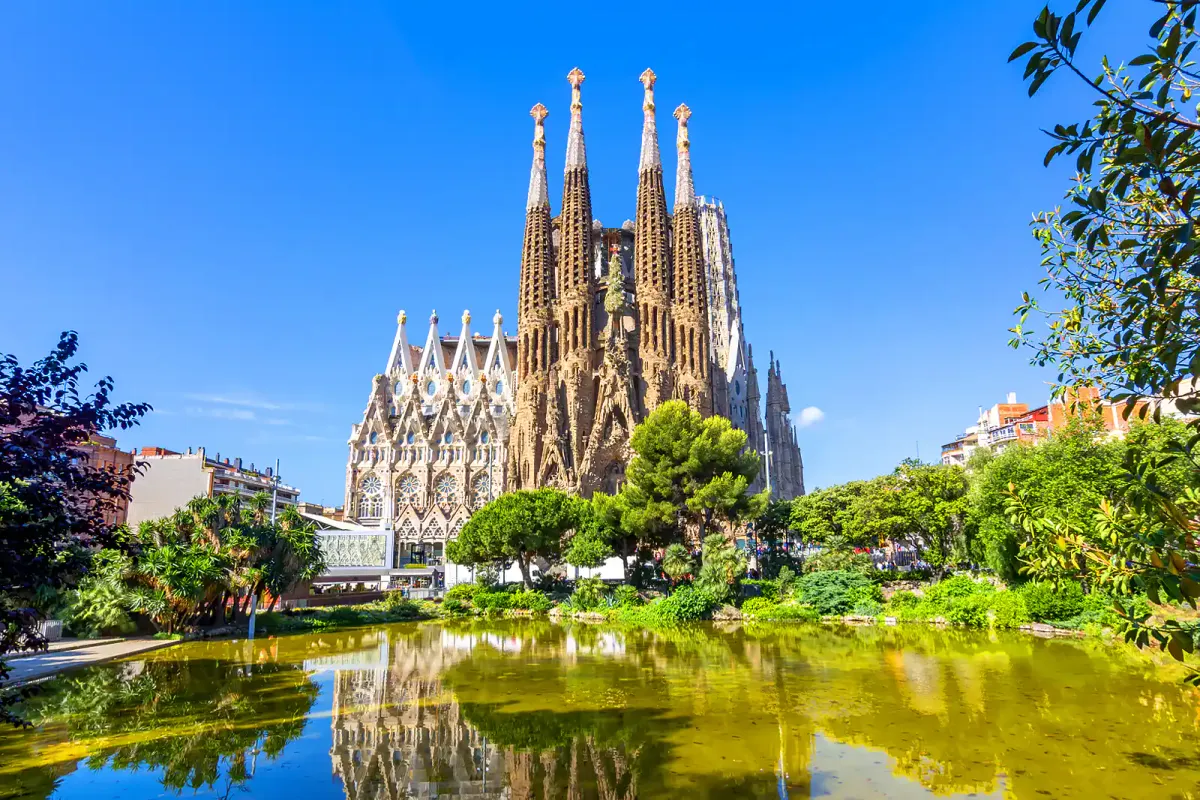How to Get Around Barcelona: Local Travel Tips and Public Transport Guide
Travel tips for getting around Barcelona with ease. Learn how to use the metro, buses, trams, and more like a local traveler.
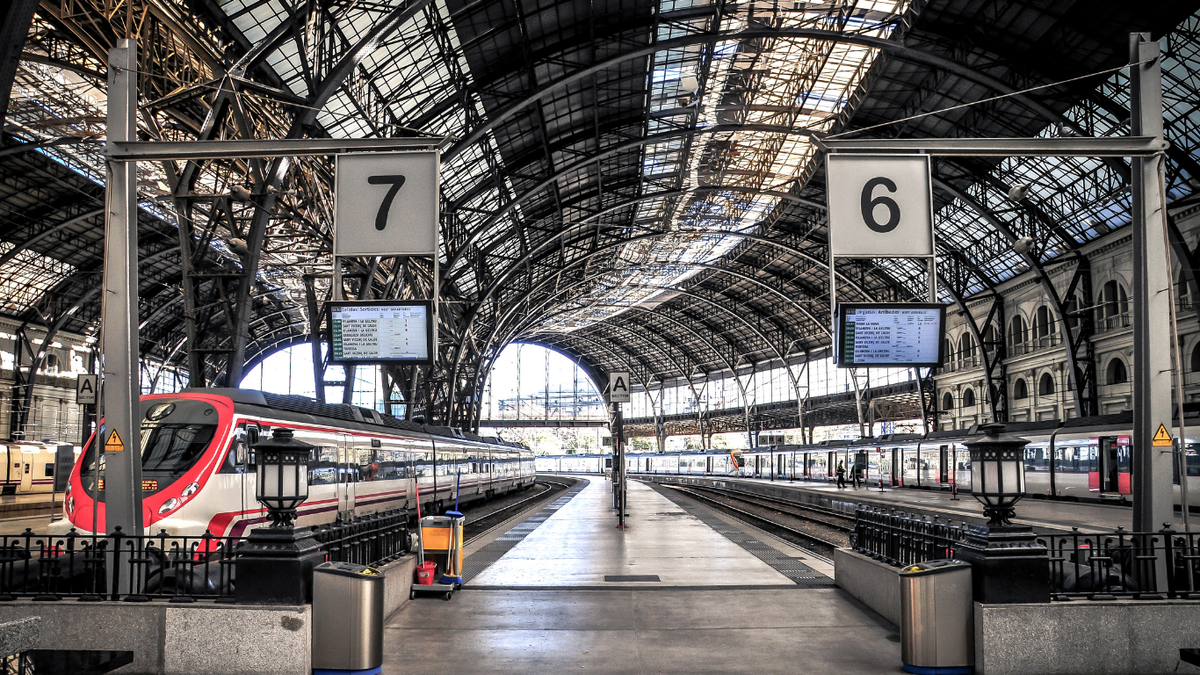
Getting around Barcelona for the first time can feel overwhelming. With a city this large and full of must-see sights, having a solid plan for transportation makes all the difference. Whether you're arriving for a quick weekend or staying for a few weeks, understanding how to move around Barcelona like a local can save time, money, and unnecessary stress. From the metro system and buses to night routes, travel cards, and even walking tips—we’ve put together the best advice to help you get around Barcelona confidently.
Use the TMB Metro and Bus Network
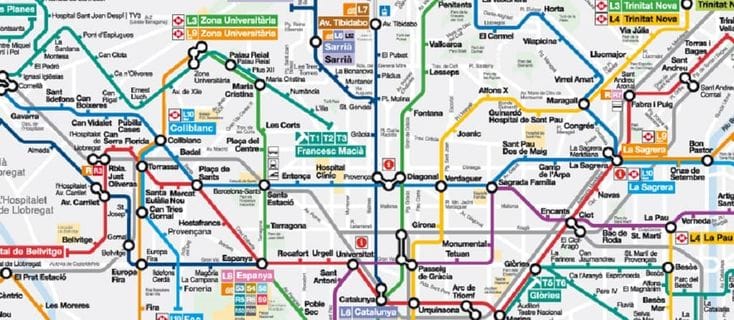
Barcelona's TMB metro and bus network covers nearly every neighborhood you'd want to visit, from tourist hotspots to quieter local zones. Operated by Transports Metropolitans de Barcelona (TMB), the system is reliable and relatively easy to use—even if you don’t speak Spanish or Catalan.
The metro is usually the fastest option, especially for getting across the city. With 8 lines and over 160 stations, you’re rarely far from a stop. For areas not served by the metro, TMB buses fill in the gaps. They follow a grid-like route system that’s easy to understand with a map or app.
Buy a T-Casual Travel Card
The T-Casual Card is the most cost-effective choice for many travelers. It's a 10-trip ticket valid on metro, buses, trams, and Rodalies trains within Zone 1—where most of the city’s attractions are located.
- Can be used by multiple people (just pass it back after validating)
- Valid for 75 minutes between transfers (you can switch between metro and bus within that time)
- Available at metro stations and airport vending machines
If you're planning short visits to different parts of the city each day, this card quickly pays off compared to buying single ride tickets.
Download the TMB App
The official TMB app is a game-changer for navigating public transport in Barcelona. You can:
- Check real-time arrivals
- View metro and bus maps
- Plan your fastest route
- See service disruptions and delays
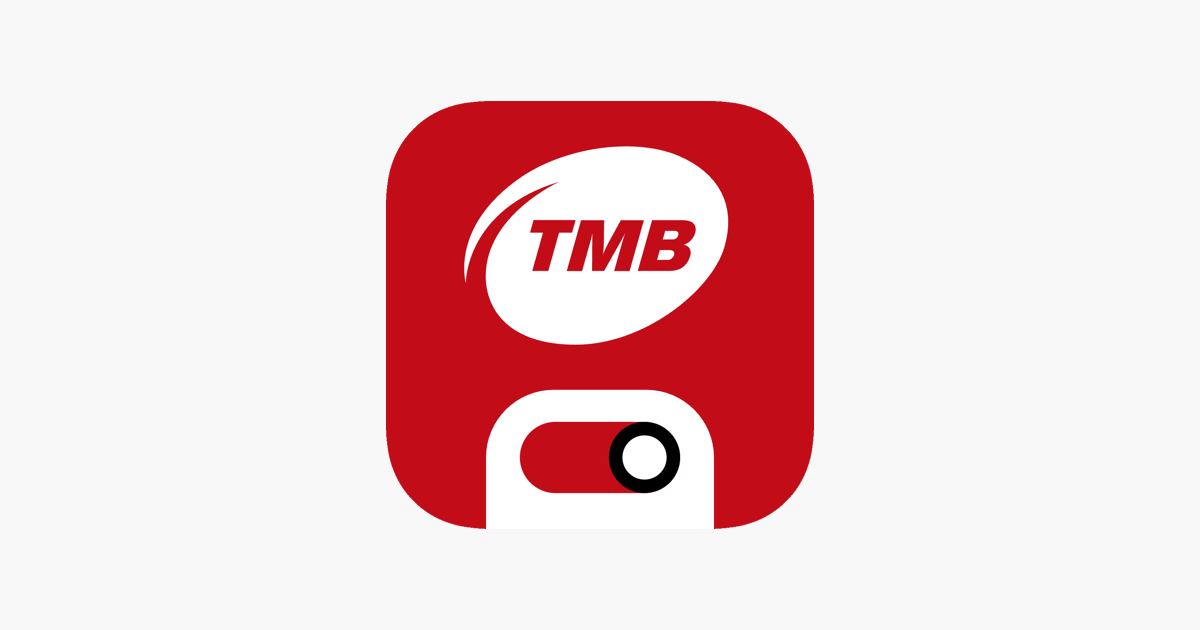
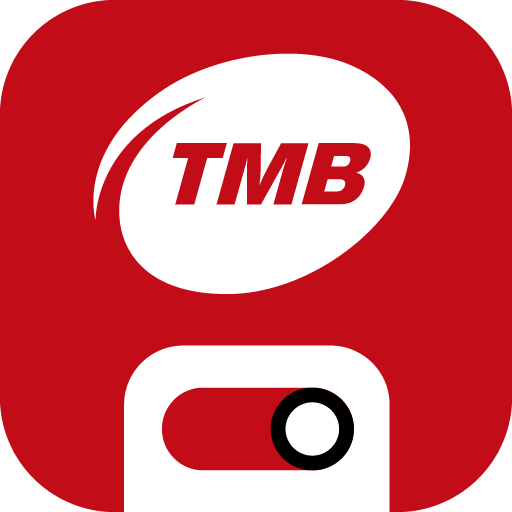
It also shows you where the nearest stations or bus stops are, and updates in both English and Spanish. If you're trying to figure out how to get from Sagrada Familia to the beach or from your Airbnb to Camp Nou, this app makes it simple.
Travel Outside Rush Hours
Barcelona’s public transport gets very busy during weekday rush hours:
- Morning: 8:00 AM – 9:30 AM
- Evening: 5:00 PM – 7:00 PM
If you can avoid traveling during these times, you’ll find the metro and buses far more comfortable. Mid-morning and mid-afternoon are usually quieter and ideal for sightseeing days.
Consider the Barcelona Card for Unlimited Travel
The Barcelona Card gives you unlimited travel on all public transportation within Zone 1, and also includes:
- Free entry to over 25 attractions
- Discounts on major sights and museums
- Coverage on metro, buses, trams, and Rodalies suburban trains
This card is perfect if you're planning to visit popular spots like Museu Picasso, Fundació Joan Miró, or Poble Espanyol. Available in 72, 96, and 120-hour options, it’s best for travelers packing multiple sights into each day.
Use Trams and the Funicular de Montjuïc
The Trambaix and Trambesòs tram lines are smooth, less crowded alternatives to buses or the metro. They’re especially useful if you’re staying in Diagonal Mar, Les Corts, or Sant Martí.
For a fun ride with a view, hop on the Funicular de Montjuïc. This short train connects Paral·lel metro station to Montjuïc Hill, home to museums, gardens, and the Olympic Stadium.
Ride the NitBus After Hours
Barcelona's NitBus (night bus) system keeps the city moving while the metro is closed:
- Runs from 11:00 PM to 6:00 AM
- Covers most of the city and key nightlife areas
- Stops are clearly marked with an "N" route number
This is especially helpful if you're out late in El Born, Raval, or near the beach bars in Barceloneta. Metro runs late only on Fridays and Saturdays (until 2:00 AM and all night, respectively), so NitBus is your best bet on weekdays.
Walk When It Makes Sense
Walking is often the easiest and most enjoyable way to explore central Barcelona. Places like:
...are full of hidden corners, street art, and small tapas spots. Plus, walking often gets you from point A to B faster than waiting for the next bus or transfer.
Use Taxis When You Need Them
Barcelona’s yellow and black taxis are everywhere. You can grab one on the street, at taxi stands, or use apps like Free Now or Cabify. They're cheaper than taxis in places like Paris or London, but more expensive than public transport.
They're a good option when:
- You're heading to the airport with luggage
- Traveling late when buses or metro aren’t convenient
- Visiting spots further outside Zone 1
Just make sure the meter is running. Cash and card are accepted in most taxis.
How to Get from Barcelona Airport to the City Center?
Arriving at Barcelona El Prat Airport (BCN) and trying to figure out how to reach the city center? You’ve got several good options depending on your budget, schedule, and comfort level. Here’s a breakdown of the most popular ways to get from the airport to downtown Barcelona or your hotel:
Aerobús (Express Shuttle Bus)
The Aerobús is one of the most convenient and popular choices for airport transfers.
- Departs every 5–10 minutes
- Runs between Terminals 1 and 2 and Plaça de Catalunya, with stops at major points like Plaça Espanya and Gran Via
- Takes about 35 minutes
- Costs around €6.75 one-way (round trip discounts available)
- Free Wi-Fi onboard and plenty of luggage space
This is a great choice for first-time visitors who want a direct, no-fuss ride to central Barcelona without needing to navigate the metro right after landing.
Metro Line L9 Sud
Barcelona’s L9 Sud metro line connects both terminals to the city.
- Runs every 7 minutes
- Travel time: 30–35 minutes
- Cost: Regular T-Casual or Barcelona Card NOT valid (you need an airport-specific ticket, currently €5.50)
- Ends at Zona Universitària, requiring a transfer for most central destinations
While the metro is modern and clean, it’s not always the fastest route to the heart of the city since you’ll likely need to transfer lines at least once. Still, it's a reliable option if you're staying in the west or southwest areas.
Train (Rodalies R2 Nord)
Rodalies R2 Nord commuter train is a solid budget option from Terminal 2.
- Departs every 30 minutes
- Takes about 25 minutes to Passeig de Gràcia or Barcelona Sants
- Ticket price: €4.60, or included with T-Casual
- Not available from Terminal 1—you'll need to take the free shuttle to Terminal 2 if landing there
This is often the cheapest and fastest way into town for those landing at Terminal 2, especially if your accommodation is near Sants or Passeig de Gràcia.
If you would like to set up a private airport transfers, you can check out many options here.
Is the TMB metro in Barcelona easy for tourists to use?
Yes, the Barcelona metro is tourist-friendly with clear signs in multiple languages, color-coded lines, and real-time displays.
What’s the best transportation card for tourists in Barcelona?
For short stays, the T-Casual offers flexibility and savings. If sightseeing heavily, the Barcelona Card is better value.
Does Barcelona have public transport at night?
Yes, the NitBus runs nightly from 11 PM to 6 AM, covering most of the city when the metro is closed.
How do you get to Montjuïc without walking?
Take the metro to Paral·lel and switch to the Funicular de Montjuïc. It connects directly to the base of the hill.
Getting around Barcelona is simple once you understand the TMB network, travel cards, and the best times to go. Use the metro, buses, trams, and walk when possible.
Not A Member? ✈️
Save 40%-95% On Flights With Jetsetter Alerts Airline Mistake Fare & Flash Sales Alerts!
Discover More In Barcelona
